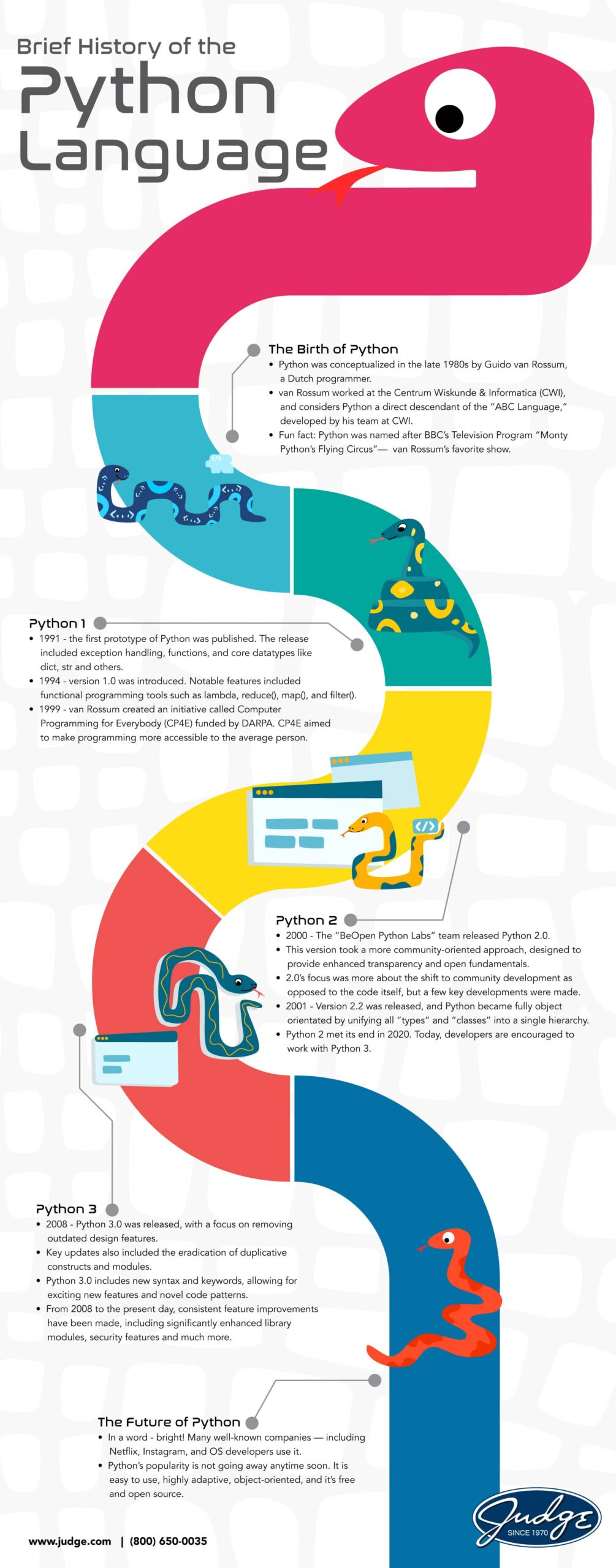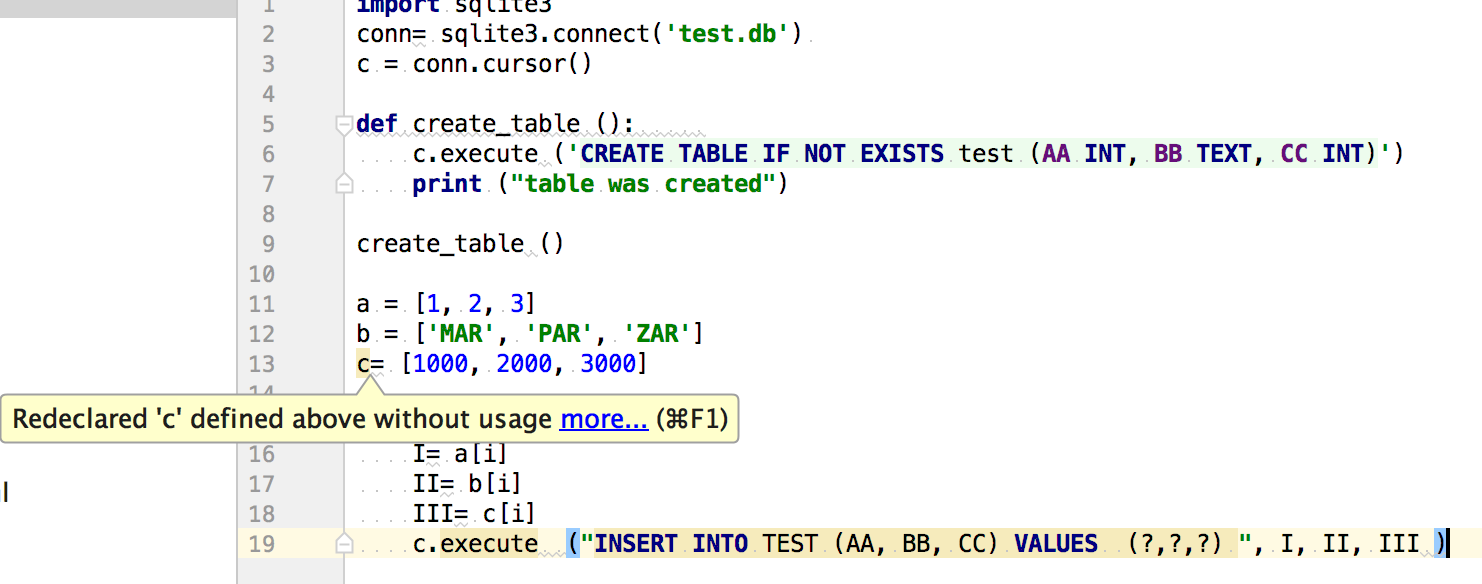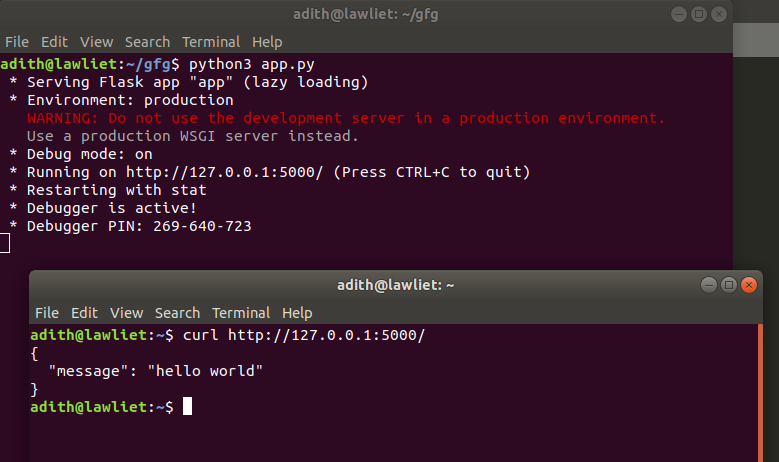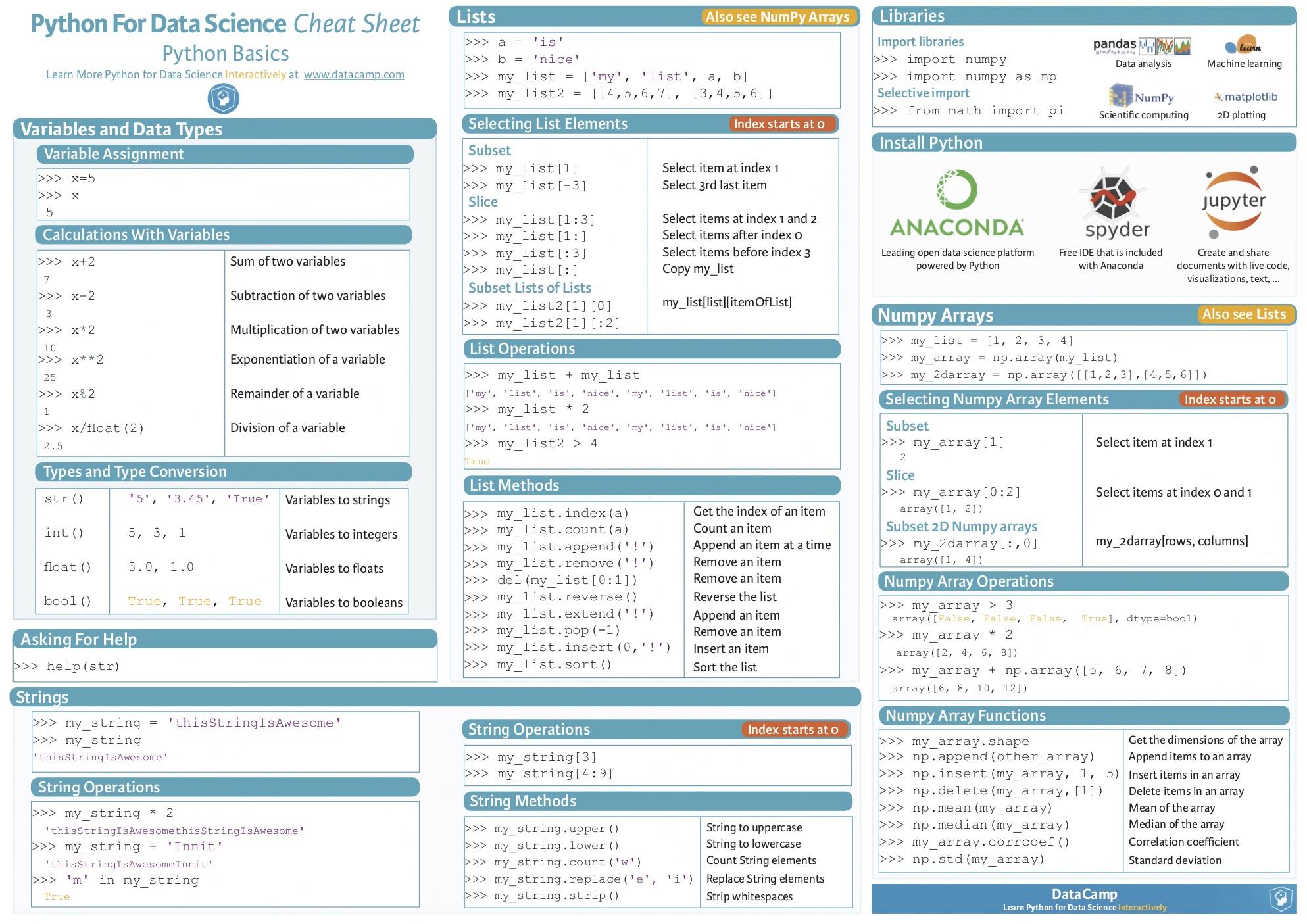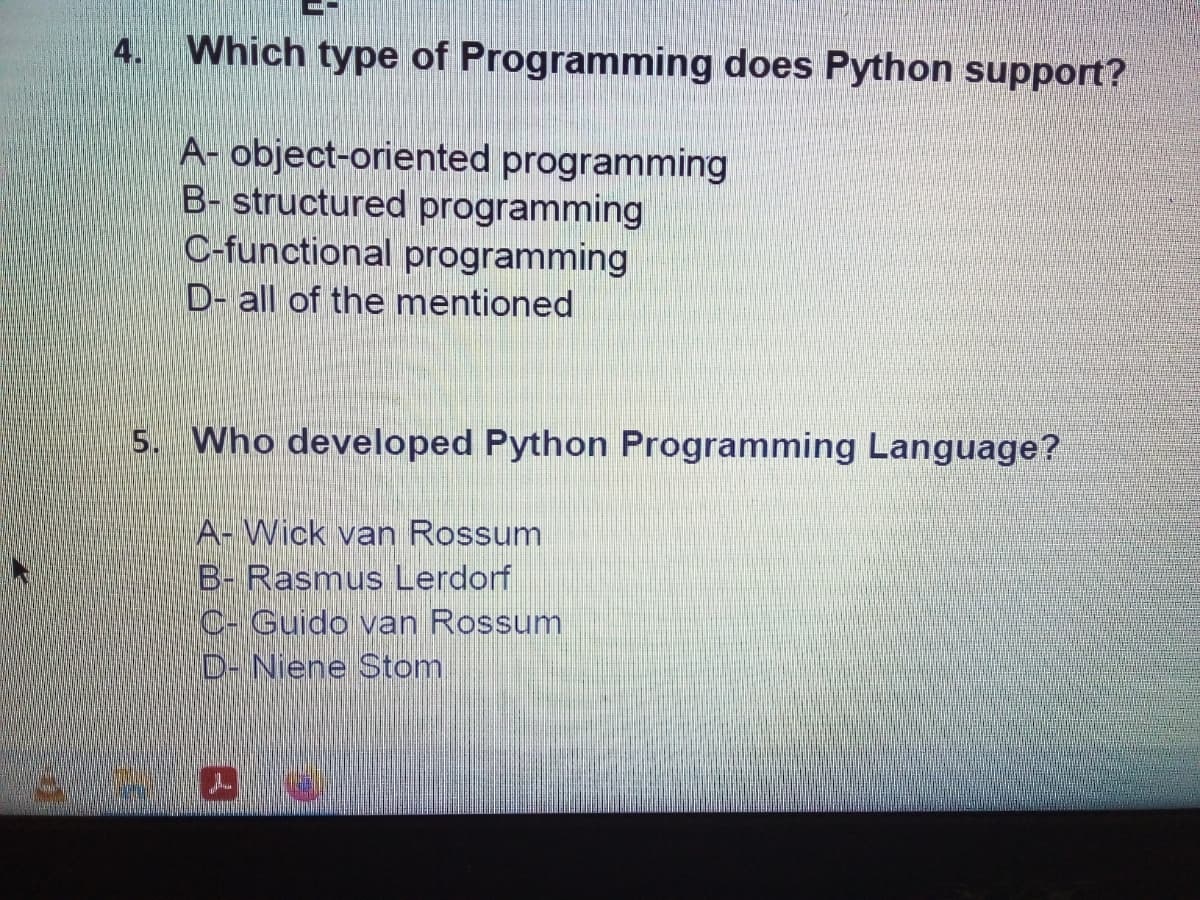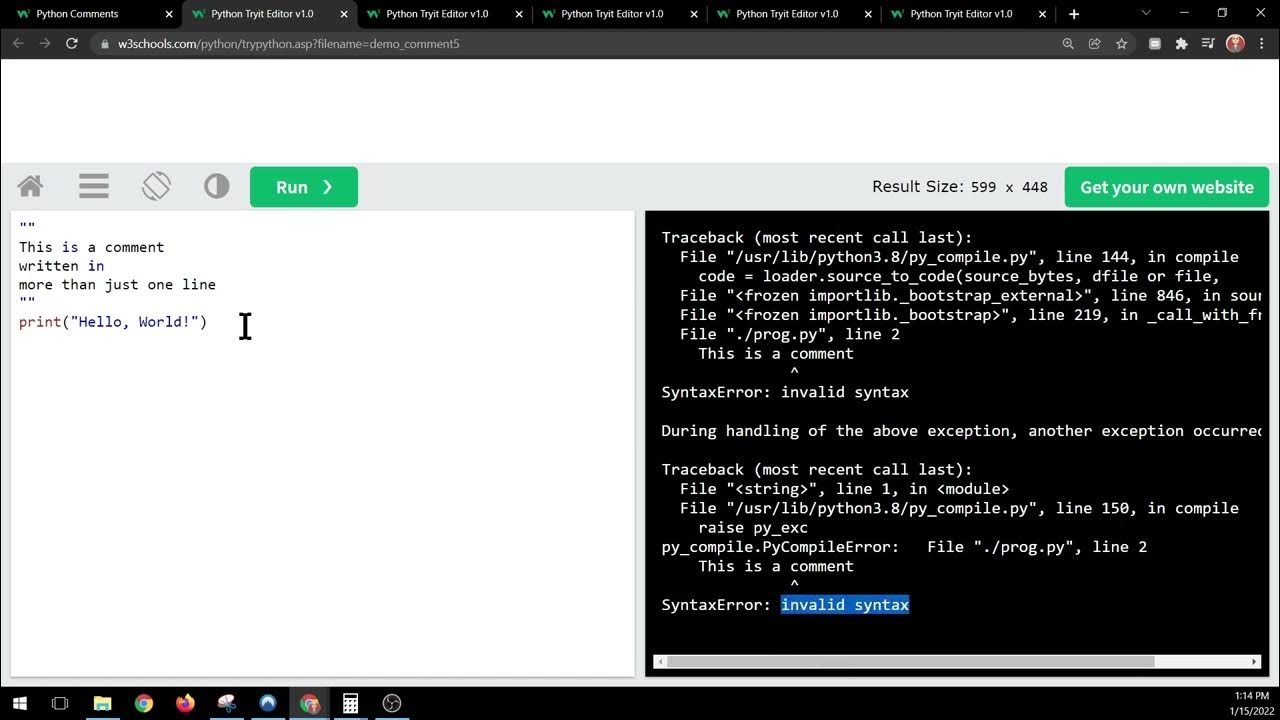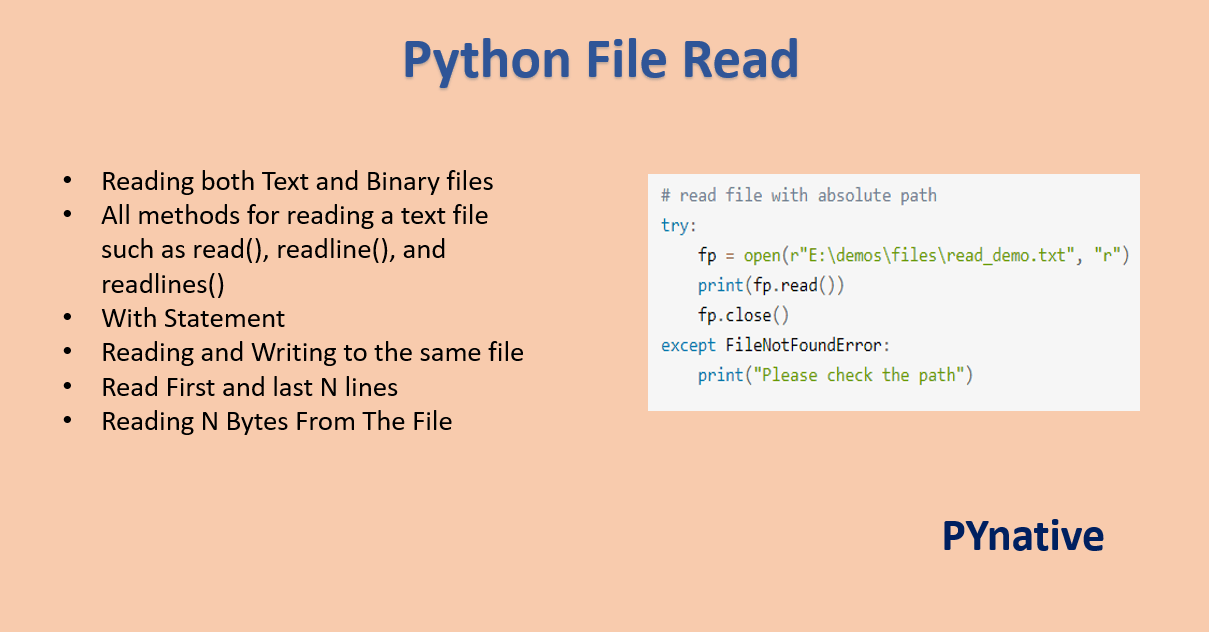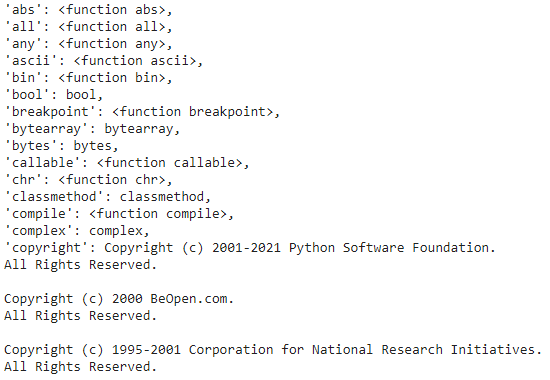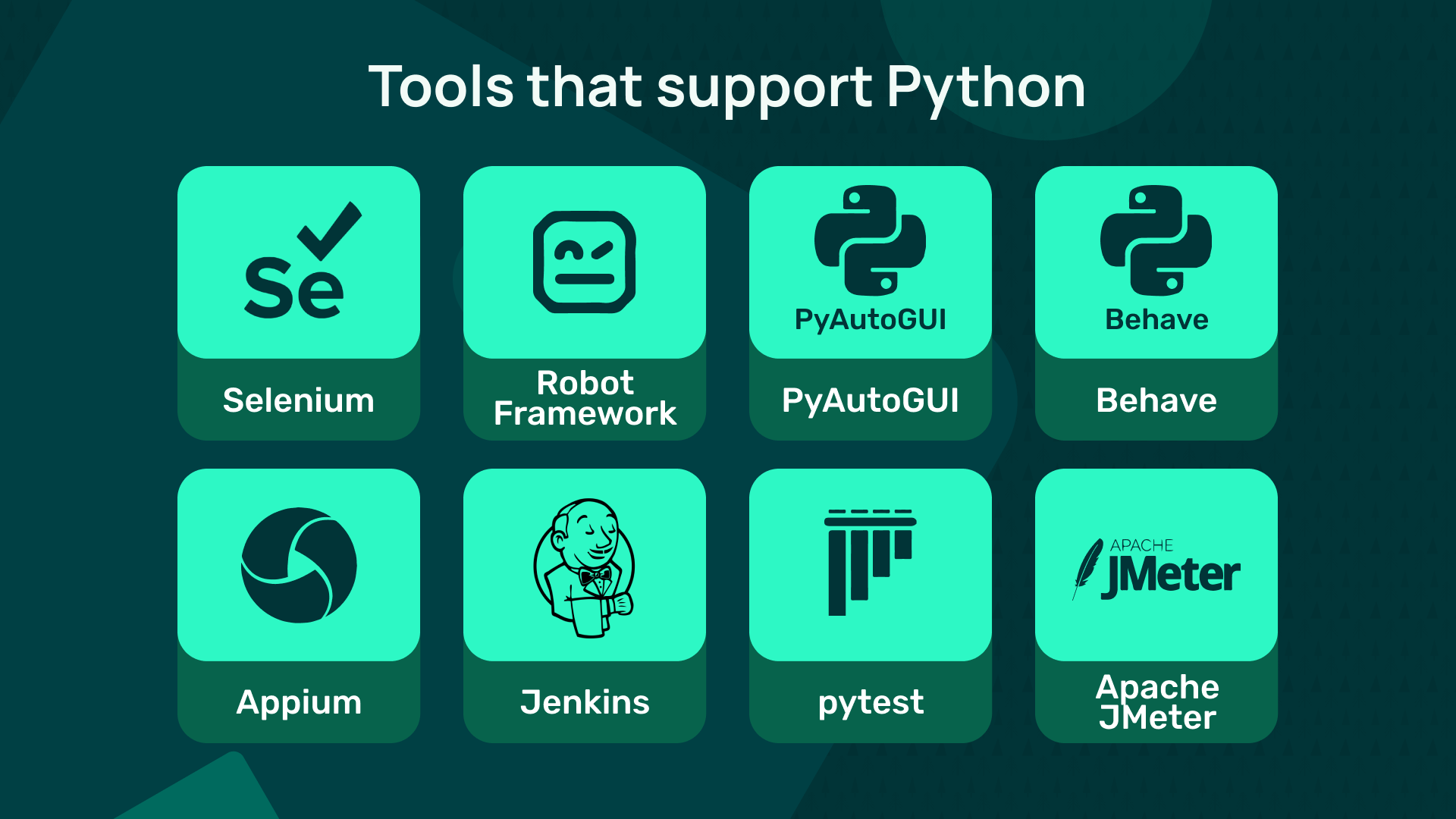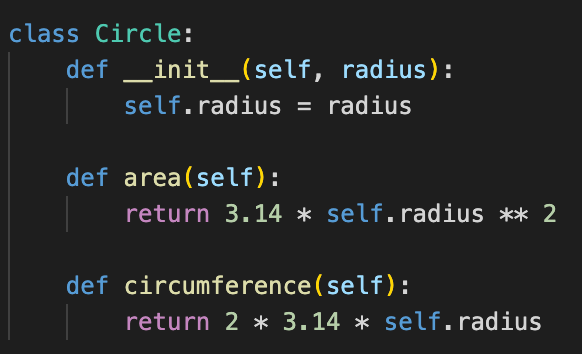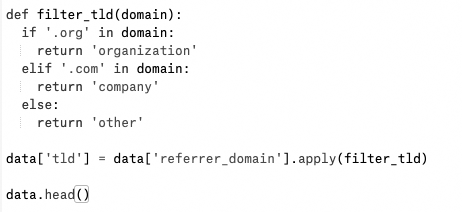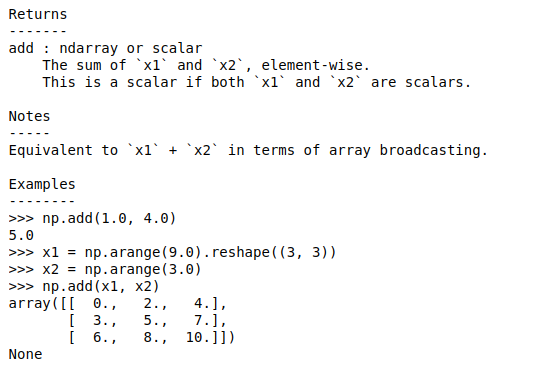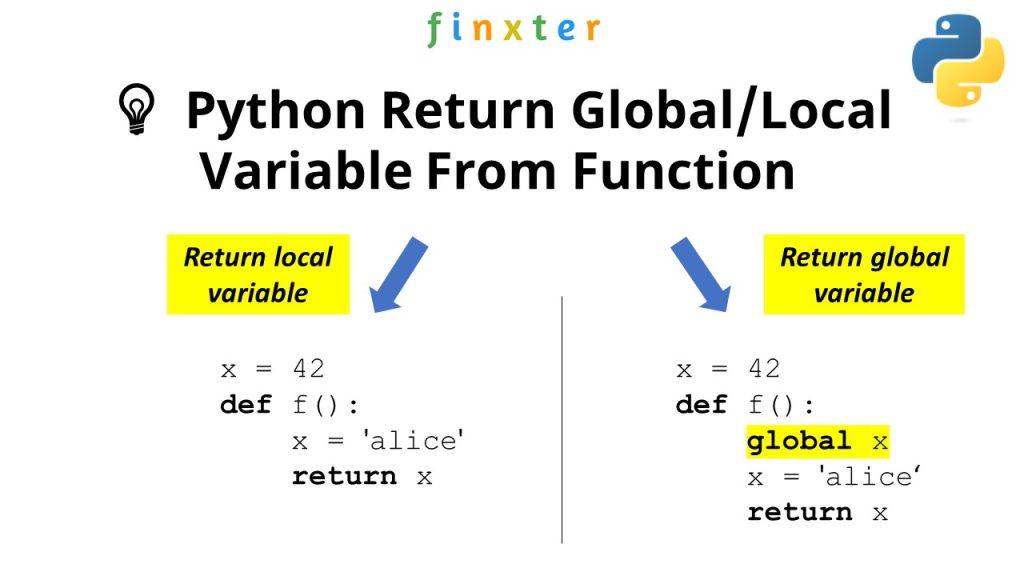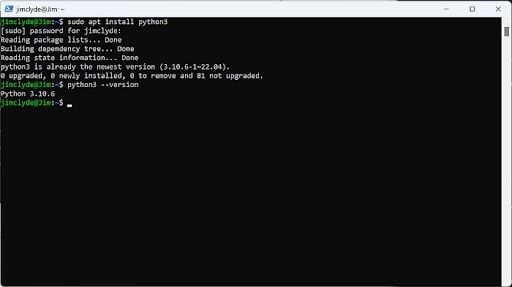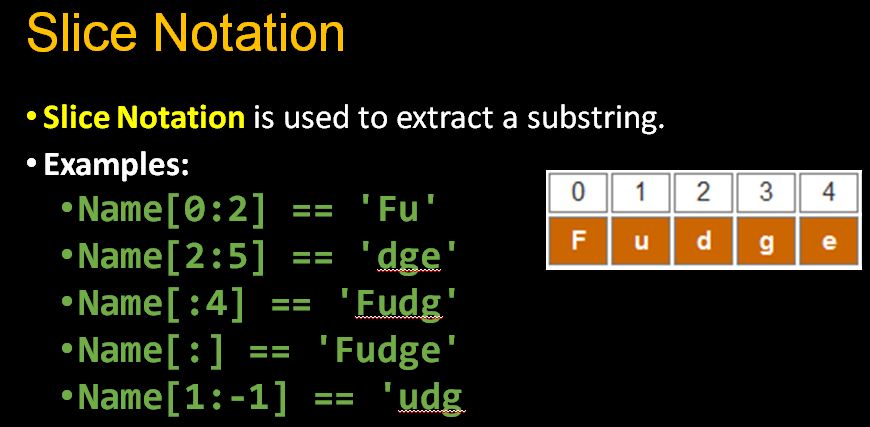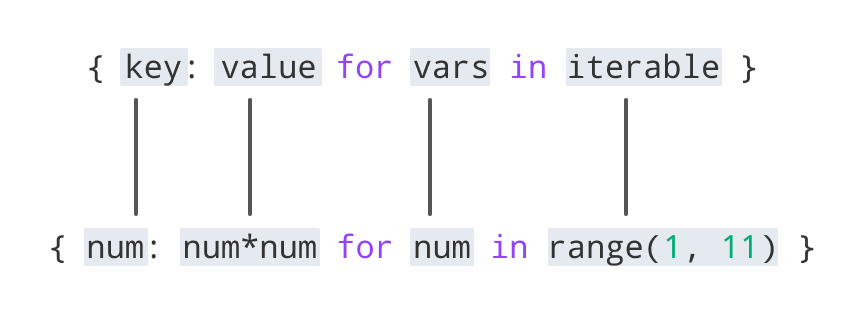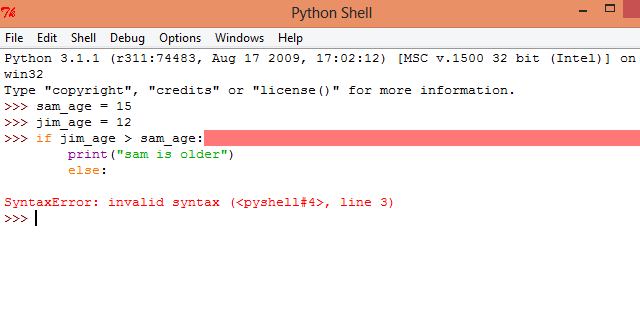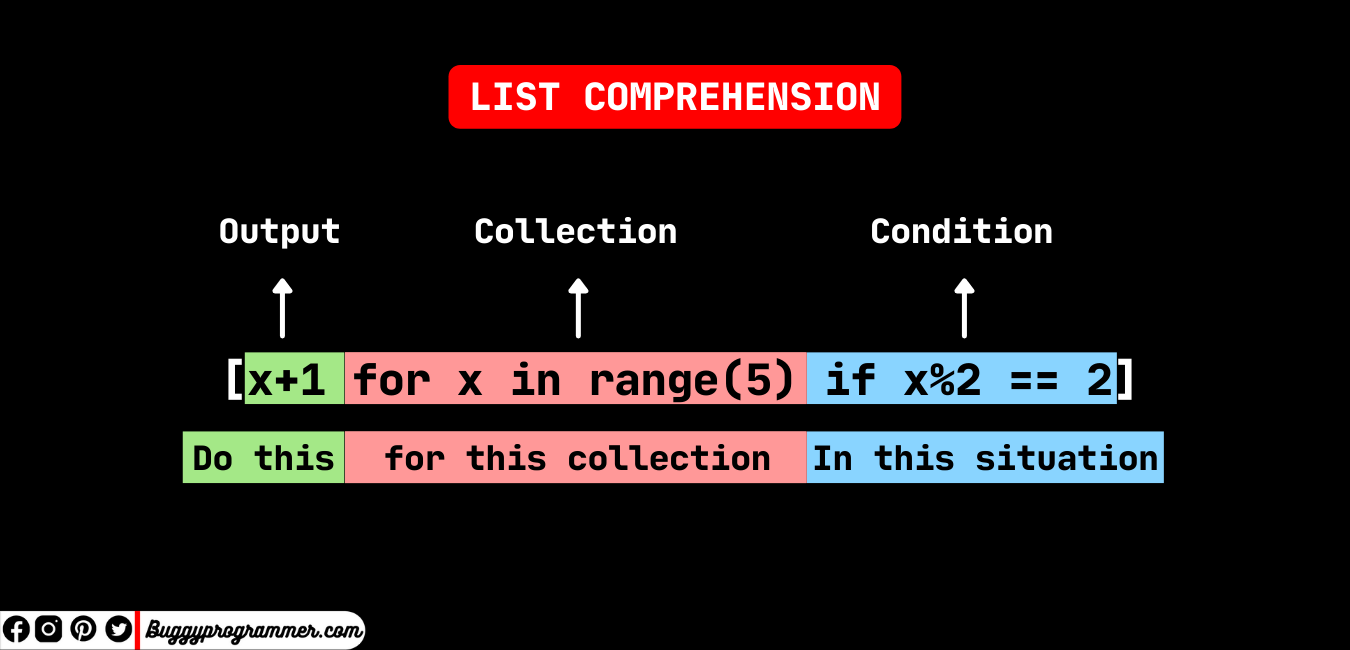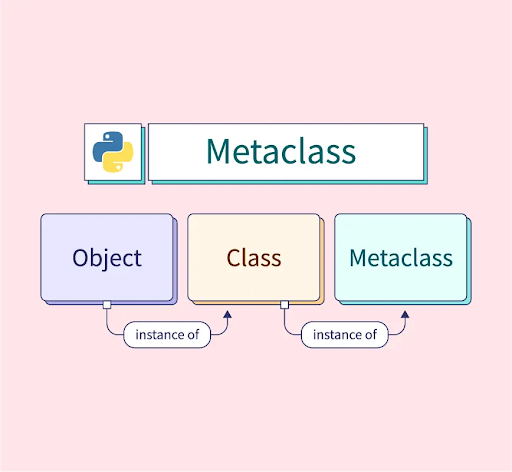Python metaclass w3schools interview questions and answers
Python metaclass w3schools interview questions and answers

Here are some common Python metaclass interview questions and answers as per W3Schools:
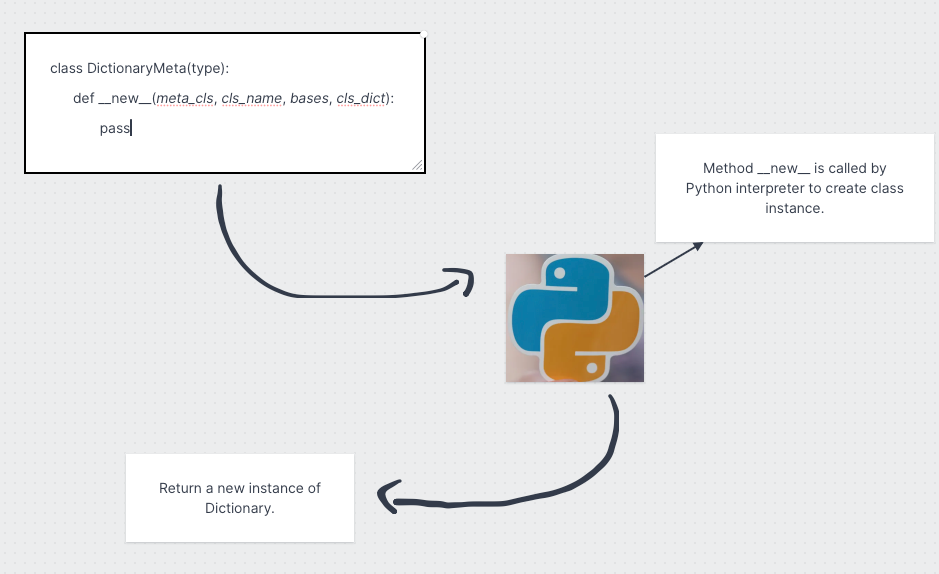
Answer: A metaclass is a class whose instances are classes. Yes, it sounds weird, but think of it this way: you can define a class that creates classes. When you create a new class, you're actually creating an instance of a metaclass.

Answer: We don't always need metaclasses, but they can be useful for certain tasks like:
Registering classes in a registry Changing the behavior of the class creation process Adding special behavior to a class Question: Can you give an example of a simple metaclass?Here is a simple metaclass that prints "Hello, World!" whenever someone creates a new class:
class PrintWhenInstantiated(type):
def new(cls, name, bases, dct):
print("Hello, World!")
return type.new(cls, name, bases, dct)
Example usage:
class MyClass(object):
pass
print("Done!")
type class in Python?
Answer: The type class in Python is a metaclass that creates instances of itself. Yes, it's weird again!
When you create a new class with the class statement, what happens under the hood is:
__metaclass__ attribute (which defaults to type) and uses it as the metaclass. The metaclass's __new__ method is called with the name of the class-to-be-created, its base classes, and a dictionary that contains all its attributes.
So, in essence, when you create a new class, you're actually creating an instance of your metaclass. That's why type is often referred to as a "class creator" or a "metaclass".
Here is a simple example that logs each time a method is called:
import logging
class LoggingMetaclass(type):
def new(cls, name, bases, dct):
new_dct = {}
for key, value in dct.items():
if callable(value):
def log_calls(original_method):
def wrapper(*args, **kwargs):
logging.info("Calling method: %s" % original_method.name)
return original_method(*args, **kwargs)
return wrapper
new_dct[key] = log_calls(value)
else:
new_dct[key] = value
return type.new(cls, name, bases, new_dct)
Example usage:
class MyClass(object):
def method(self):
pass
print("Done!")
This is just a simple example of how metaclasses can be used for AOP. In real-world applications, you might have more complex logic in your metaclass.
Question: What is the difference between__metaclass__ and __bases__?
Answer: The main difference is that __metaclass__ refers to the class's metaclass (the class whose instances are classes), while __bases__ refers to the tuple of base classes of the class.
Here is an example that adds logging for all methods and attributes:
import logging
class LoggingMetaclass(type):
def new(cls, name, bases, dct):
new_dct = {}
for key, value in dct.items():
if callable(value):
def log_calls(original_method):
def wrapper(*args, **kwargs):
logging.info("Calling method: %s" % original_method.name)
return original_method(*args, **kwargs)
return wrapper
new_dct[key] = log_calls(value)
else:
new_dct[key] = value
for key in dir(cls):
if callable(getattr(cls, key)):
def log_calls(original_method):
def wrapper(*args, **kwargs):
logging.info("Calling method: %s" % original_method.name)
return original_method(*args, **kwargs)
return wrapper
new_dct[key] = log_calls(getattr(cls, key))
return type.new(cls, name, bases, new_dct)
Example usage:
class MyClass(object):
def method(self):
pass
print("Done!")
This is just a simple example of how metaclasses can be used for more complex tasks like logging.
What is a class in Python W3?

I'm happy to help you with that!
A class in Python is a template for creating objects. It defines the characteristics and behaviors of an object, which is also known as an instance. In other words, a class acts as a blueprint or a pattern for creating objects.

To better understand this concept, let's break it down into smaller parts:
Attributes: These are the data members that describe the properties of an object. For example, if you were to create aCar class, its attributes might be things like color, make, and model. Methods: These are the actions that an object can perform. In the same Car class, methods might include startEngine(), accelerate(), and brake().
When you create a new object from a class (known as instantiating), it gets its own set of attributes and methods, which are defined by the class. For example, if you have two objects car1 and car2, both would have their own unique color attribute, even though they're instances of the same Car class.
Here's a simple example to illustrate this:
class Car:
def init(self, color, make):
self.color = color
self.make = make
def startEngine(self):
print("Vroom!")
my_car1 = Car("red", "Toyota")
my_car2 = Car("blue", "Honda")
print(my_car1.color) # prints: red
print(my_car2.color) # prints: blue
my_car1.startEngine() # outputs: Vroom!
my_car2.startEngine() # outputs: Vroom!
In this example, we define a Car class with two attributes (color and make) and one method (startEngine()). We then create two separate objects (my_car1 and my_car2) using the same class, each with its own unique values for color. Both objects can still call the startEngine() method, but they'll have their own individual attributes.
That's a basic overview of classes in Python!

